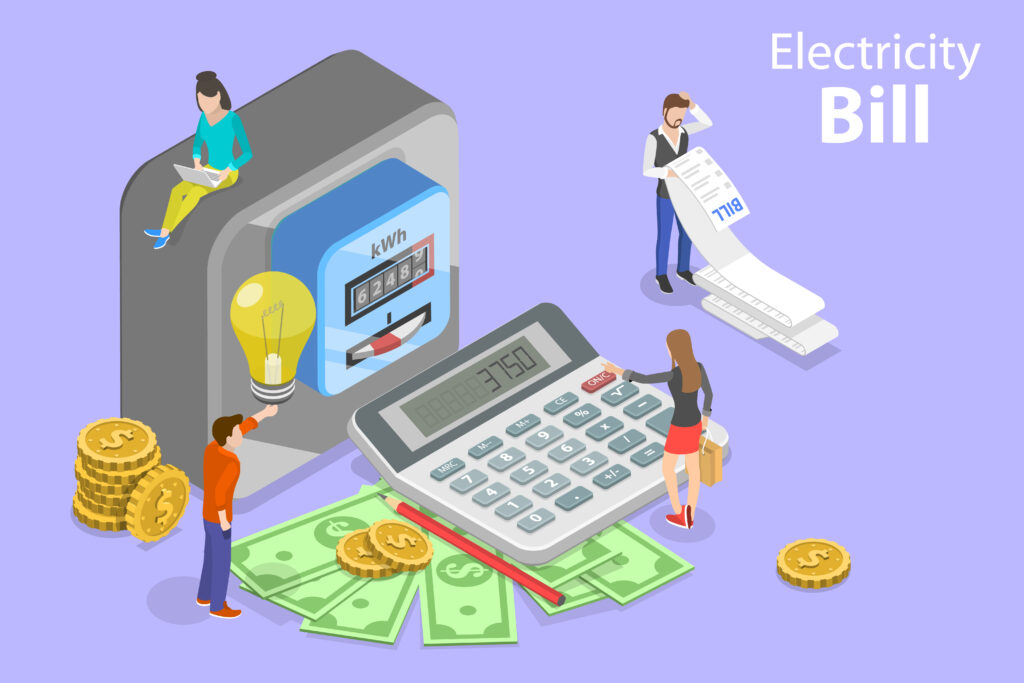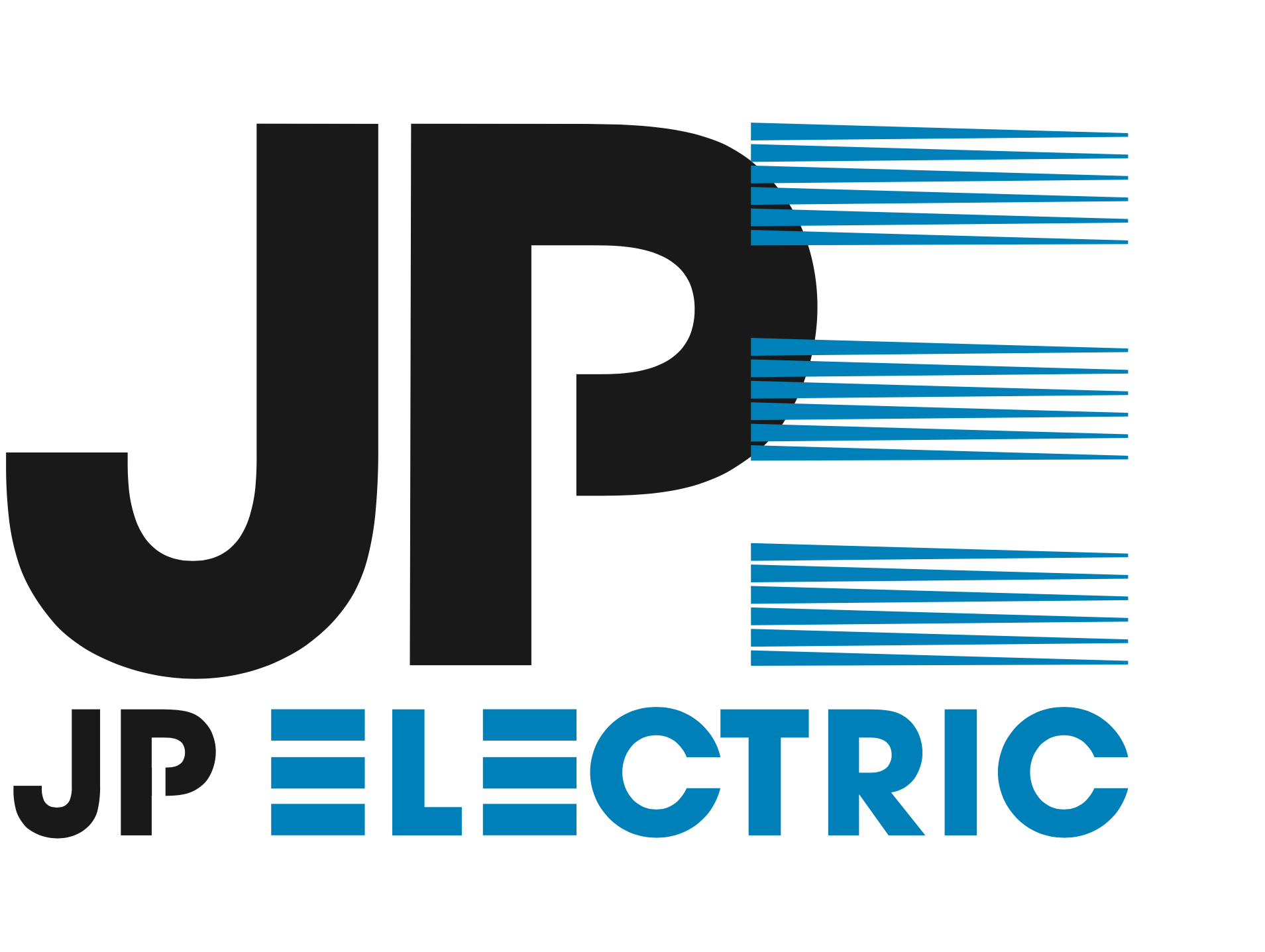On the fence about combining batteries with your solar panels? Read on for our analysis.
1. Net Energy Metering
The prospect of saving money on utilities is among the top reasons homeowners choose to go solar. Solar systems offer two mechanisms for accomplishing this: Net Energy Metering credits and battery storage.
The Net Energy Metering (NEM) incentive is a program designed to encourage consumer adoption of renewable energy sources. The program allows customers to generate their own energy and sell any surplus back to the grid, thus reducing their energy bill.
Present day, Colorado has some of the best NEM policies in the country. Translation: solar owners in Colorado tend to see higher credits on their utility bill for excess power generated by their system when compared to those living in other states.
Another way homeowners can save on utilities is opting for battery storage. While it requires a larger monetary investment up front, batteries make it possible to use stored energy during periods when solar panels are not producing (e.g. night time) as opposed to electricity that must be drawn from the grid. Additionally, some batteries are now being warrantied for ten or even 15 years, thus lowering one’s risk of not being able to recoup his/her investment before batteries need to be replaced.
It is important to note that NEM and battery storage are either/or saving strategies. In other words, when a solar system has no batteries tied in, excess power is fed back into the grid and this is rewarded with an NEM credit. When a system includes batteries, excess power is stored within the home instead of being fed back into the grid. This enables homeowners to rely less upon grid power, thus lowering their monthly utilities.
Q: Why would a Colorado homeowner want to opt for batteries as a savings strategy over NEM?
A: NEM programs are not guaranteed to last. In 2023, California completely overhauled their net metering laws, reducing the compensation rate for new solar customers by about 75%. This effectively demolished NEM incentives altogether for the state. Now, let’s pretend for a moment that Colorado followed suit within the next five years. Those who chose to invest in a quality storage solution in 2024 would still be saving money on their utility bill well beyond the five-year mark. In short, battery storage as an energy cost savings strategy is more future-proof than NEM.
As the number of utility companies pushing back against NEM incentives increases, more state governments may face pressure to reform their policies. But for now, if you live in Colorado, there’s a good chance your utility company will reward your contributions to the grid.
2. Time of Use Billing
Introduced in the early 2010s, many utility companies now bill customers based on time-of-use (TOU)—and widespread adoption of this model is on the rise. The idea is to charge consumers different rates for electricity based on when they use it. The goal is to incentivize energy consumption when the cost of generating electricity is low and to discourage consumption during peak hours when the cost is high. As more homeowners choose go solar, the demand for grid electricity is trending downward, thus motivating utility companies to rethink their billing structure.

Certain solar + storage setups enable homeowners to use electricity on their terms while still keeping their utility costs low. These setups draw power from the grid during off-peak hours when the cost of energy is modest, meanwhile, the solar array works independently to charge up the batteries (provided it’s a sunny day with minimal shading). Then, during peak hours, homeowners can switch to using their own stored power when the cost of energy is highest. As of this writing, at least one major utility company in Colorado employs time of use, and more may follow suit in the future.
3. Grid Outages
The possibility of blackouts, especially those lasting for an extended period of time, are another reason many customers are choosing to include storage in their solar package. Batteries add a layer of future-proofing that panel arrays on their own do not offer. Potential causes of future outages include:
- Inclement weather: anyone who has lived in Colorado long enough knows the effects that heavy snow and high wind can have on our power grid
- Wildfires and potential wildfires: in April 2024, a Colorado utility company preemptively cut power to 55,000 residents due to the heightened risk of wildfires on a particular day
- Widespread EV adoption: some experts believe that the boom of EV ownership may outpace essential upgrades to grid infrastructure across the country if sales forecasting proves accurate
- General grid equipment failure: too many people drawing power at once can cause an overtaxed and/or aging system to fail
- Attacks on the grid: though this accounts for only a small percentage of outages, historical data does show this happens from time to time
4. Drawbacks of Adding Storage
Batteries’ two most common deterrents are higher up-front costs and concerns surrounding safe disposal once they are finally ready to be retired.
While both of these have merit, it is important to consider the following:
- Industry standard warranty on batteries is 10 years, with some warranties now extending out to 15 years (e.g. the Enphase IQ Battery 5P). If you are subject to time-of-use billing, your battery will likely pay for itself well within the warranty period. If you are not currently being billed for time-of-use, keep in mind that this model may be adopted soon by a utility company near you.
- Lithium Iron Phosphate, which the latest Enphase batteries are comprised of, is considered more environmentally friendly compared to other lithium-ion chemistries
- The battery recycling industry is expected to experience significant growth in the coming years. While nothing is ever guaranteed, this anticipated growth spells future innovation in recycling technology and best practices.
Conclusion
It is important to assess your own goals and needs when deciding on battery storage. If your priorities include long term savings on utilities, future-proofing your home’s energy source in case of an emergency and using electricity on your own terms without being stuck with a high bill, solar + storage may be a wise choice.
Brad
Creative | JP Electric

